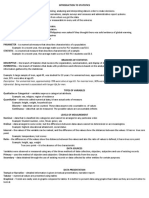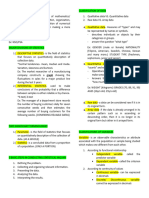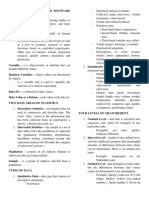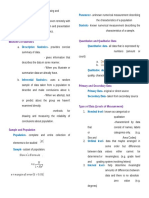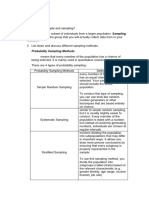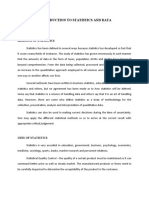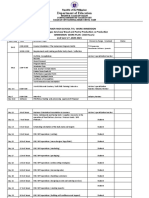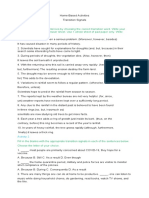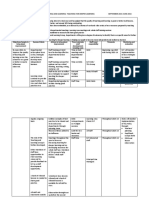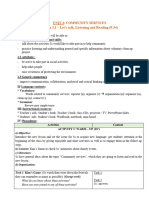0% found this document useful (0 votes)
56 views4 pages2nd Sem Notes
T
Uploaded by
Kate VelasquezCopyright
© © All Rights Reserved
We take content rights seriously. If you suspect this is your content, claim it here.
Available Formats
Download as DOCX, PDF, TXT or read online on Scribd
0% found this document useful (0 votes)
56 views4 pages2nd Sem Notes
T
Uploaded by
Kate VelasquezCopyright
© © All Rights Reserved
We take content rights seriously. If you suspect this is your content, claim it here.
Available Formats
Download as DOCX, PDF, TXT or read online on Scribd
/ 4


